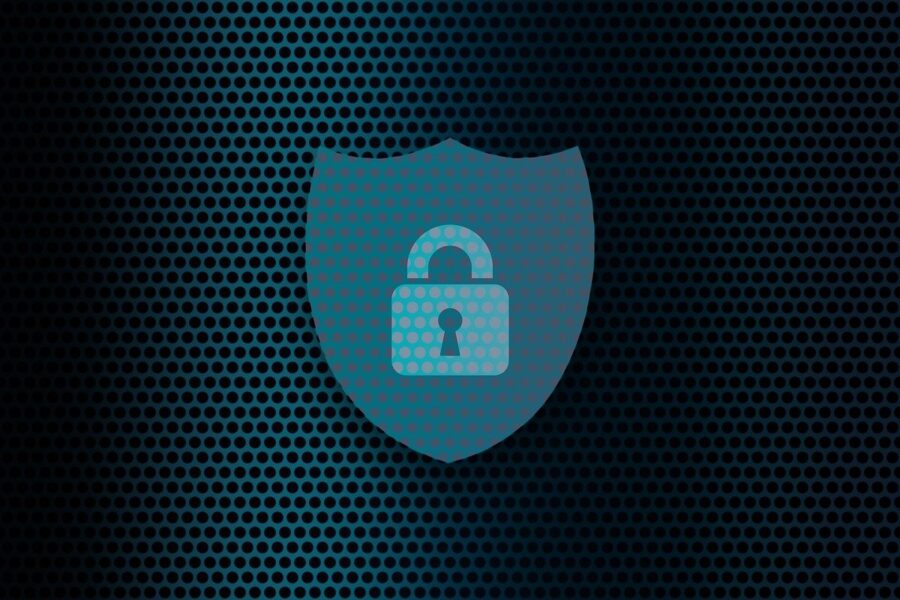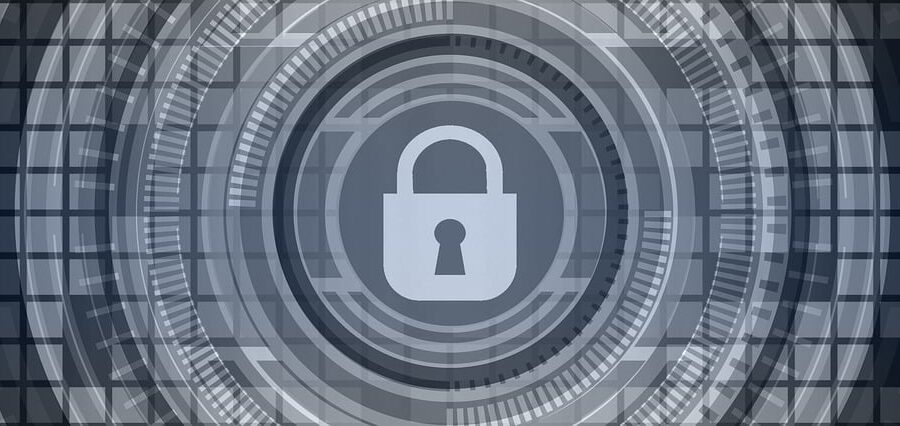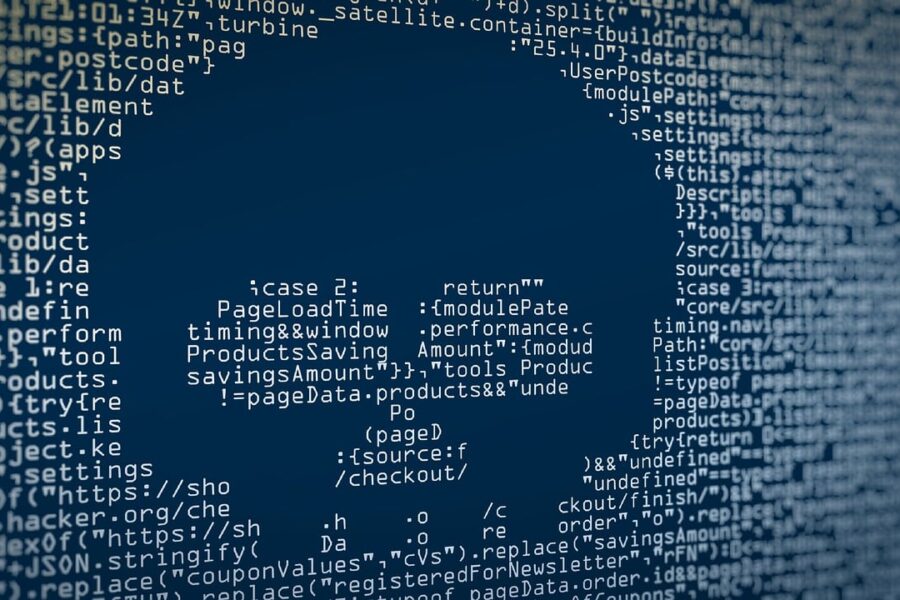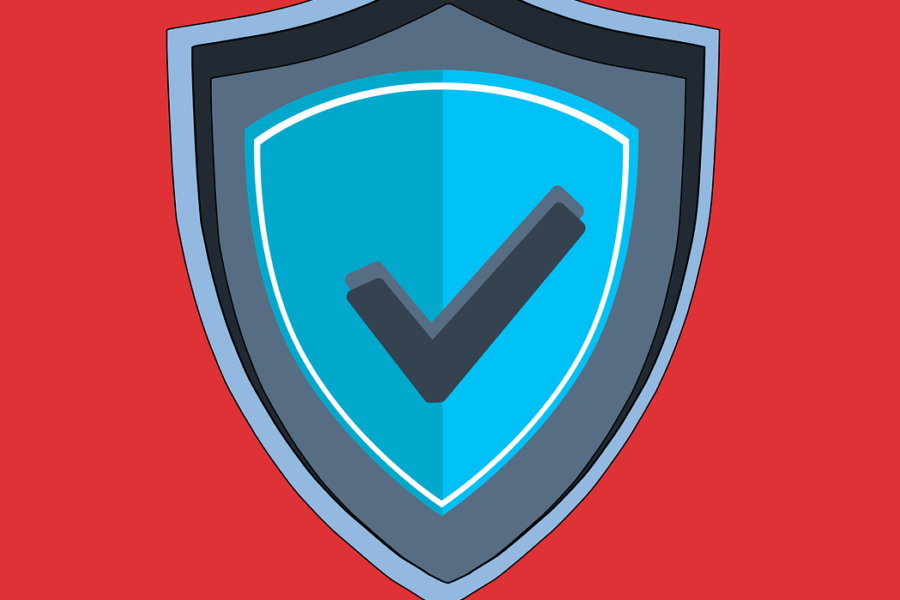As technology continues to advance, so does the need for heightened awareness. As well as proactive measures to safeguard sensitive information.Cybersecurity can seem like an insurmountable task for everyday people. But it’s not only a job for the IT team. Everyone can play a part in keeping their organization’s data safe. Not to mention their own data.October is Cybersecurity Awareness Month. It serves as a timely reminder that there are many ways to safeguard data. Following the basics can make a big difference in how secure your network remains.What Is Cybersecurity Awareness Month?Cybersecurity Awareness Month (CAM) is an annual initiative held every October. It promotes cybersecurity awareness and education. It aims to empower individuals and organizations by giving them knowledge and resources. It helps people strengthen their defenses against cyber threats.CAM started as a U.S. initiative, National Cybersecurity Awareness Month. Then, it quickly spread around the globe. It’s led by two agencies:National Cyber Security Alliance (NCSA)Cybersecurity and Infrastructure Security Agency (CISA)This collaborative effort involves various…
Nicholas SalemOctober 10, 2023







